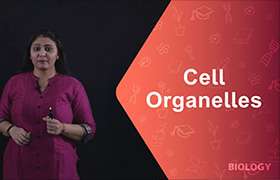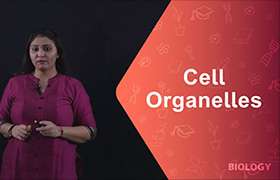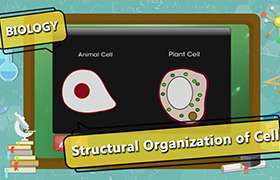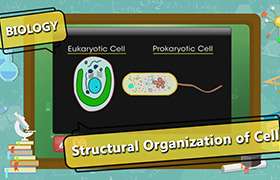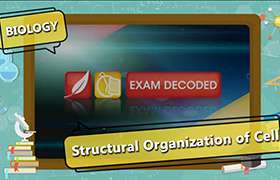CBSE Class 9 Answered
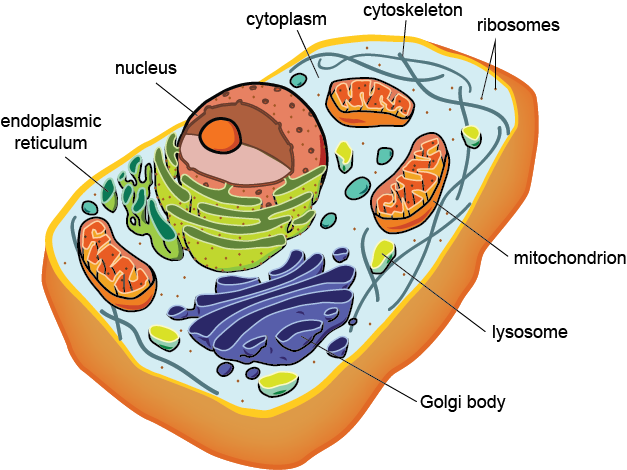
|
CHARACTERISTICS |
FUNCTIONS |
|
Plasma membrane |
|
|
Very thin, flexible and delicate living semi-permeable membrane |
Acts as an effective barrier and regulates the entry of certain solutes and ions |
|
Cell wall |
|
|
Freely permeable, mainly composed of cellulose |
Gives rigidity and shape to the plant cells and provides protection |
|
Cytoplasm |
|
|
Contains a mixture of water and soluble organic and inorganic compounds and various cell organelles |
Seat of occurrence of glycolysis (production of pyruvic acid) |
|
Endoplasmic reticulum |
|
|
May be smooth (SER) or rough (RER) |
Acts as a supportive framework of the cell |
|
Mitochondria |
|
|
Double-walled, inner wall thrown into folds called cristae |
Seat of aerobic respiration and synthesises respiratory enzymes and energy-rich compounds |
|
Golgi apparatus (in animal cells) Dictyosomes (in plant cells) |
|
|
Consists of a set of membrane-bounded, fluid-filled vesicles and vacuoles |
Synthesis of the plasma membrane, cell wall etc. and synthesis and secretion of enzymes and hormones |
|
Ribosomes |
|
|
Single-walled, dense, spherical bodies composed mainly of RNA and proteins |
Synthesis of proteins |
|
Lysosomes |
|
|
Contains 40 different types of enzymes |
Intracellular digestion |
|
Centrosomes |
|
|
Contains one or two centrioles which are surrounded by radiating microtubules to form an aster shape |
Initiates and regulates cell division
|
|
Plastids |
|
|
Double membrane, proteinaceous matrix containing DNA and disc-like structures called thylakoids containing chlorophyll |
Chromoplasts: Impart colour to flowers and fruits Chloroplasts: Trap solar energy for photosynthesis Leucoplasts: Store starch |
|
Nucleus |
|
|
Mostly spherical and dense, surrounded by nuclear membrane with pores |
Regulates cell cycle and cell functions |
|
Nucleolus |
|
|
Round, one or more in number |
Participates in protein synthesis by forming and storing RNA |
|
Chromatin fibres |
|
|
Network of thread-like structures which are made of DNA |
Chromosomes carry hereditary information or genes
|
|
Vacuoles |
|
|
Non-living structures
|
Storage of water and other substances, food, pigments and waste products |
|
Granules |
|
|
Small particles, crystals or droplets |
Starch (in plant cells), glycogen (in animal cells) and fat-containing granules serve as food for the cell |


